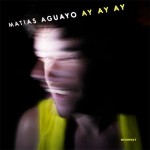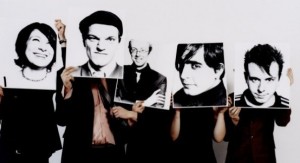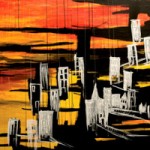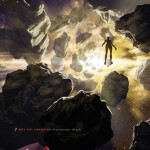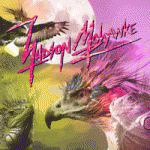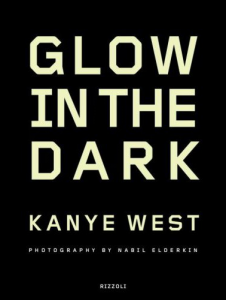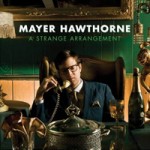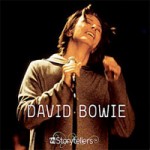Article
A.V. Club Chicago
October 2009
Link
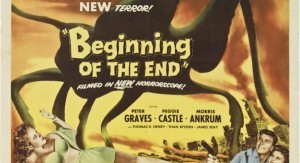
Despite the trauma of 9/11, it didn’t take long for Hollywood to revisit and ravage New York City. In just the last few years, monsters, mankind, aliens, and zombies have laid waste to Manhattan in countless post-apocalyptic thrillers and natural-disaster porn. L.A., admittedly subject to its own different disasters, also gets the cinematic send-off in style. The Capitol Records building usually gets gutted, or the letters of the iconic Hollywood sign get re-arranged hastily. But only a few (mostly campy) disaster movies, horror flicks, and post-apocalyptic films deign to threaten the Windy City. It doesn’t seem worth the trouble to destroy.
It’s doubtful screenwriters have a soft spot for the Midwest. Cheapie ’80s horror flick Alligator featured a Chi-town sewer gator named Rámon that splits a few suburbanites in half. The Relic tells the story of an Amazonian beast that comes alive and wrecks havoc at the Field Museum, but it was only filmed here because New York’s American Museum of History wasn’t available. The only thing that comes close to a post-apocalyptic Chicago movie is Streets Of Fire, a 1984 film set in an alternative future where the ’50s and ’80s (and their respective clichés) are mashed together. Despite our scenic skyline, large population—not to mention cool underground tunnels for the survivors—the city has rarely been threatened with wide-scale on-screen destruction. With that in mind, The A.V. Club presents this list of the handful of movies that get serious about wiping Chicago off the map.
Beginning Of The End (1957)
Plot: Grasshoppers, mutated after eating some radiated, weapons-grade wheat at a government lab, march toward Chicago in this nuclear-age monster flick. While the tagline touts stellar special effects—“So Big…we had to coin a new word for it…NEWMENDOUS!”—it’s a rote exercise in altered perspective and crappy acting. (No wonder it was lovingly ribbed by Mystery Science Theater 3000.) Stereotypically precocious reporter Audrey Aimes (Peggie Castle) and Dr. Ed Wainwright (Peter Graves) warn others while the military considers the Nuclear Orkin option: bombing Chicago to destroy the crazed critters.
Biggest insults to Chicago: Many obvious geographic errors mar this already terrible film: Michigan Avenue is called Michigan Boulevard, forests and trees are shown in scenes depicting the suburbs, and footage of crowds supposedly panicking on the South Side show people fleeing Grant Park. No actual South Side locations are used. Plus, the scenes of bedlam on city streets and abandoned intersections are amateurish. It’s also obvious a Chicagoan didn’t write this film; cicadas would be the local go-to apocalyptic insect.
Read more…
